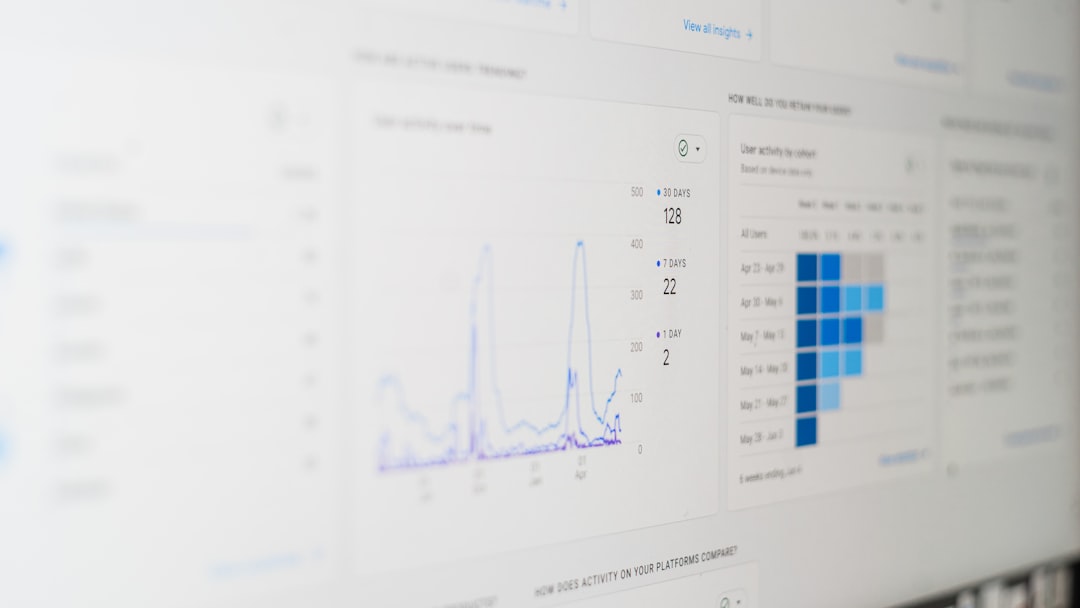Whether you’re launching a startup or managing an established company, creating a financial forecast is essential to understanding the future performance of your business. A solid financial forecast will not only help you make better operational decisions but also improve your odds of securing funding from investors or banks. Best of all, it’s not as complicated as it sounds — you just need to follow a structured approach.
What Is a Financial Forecast?
A financial forecast is a prediction of your business’s future financial performance. It typically includes estimates for revenue, expenses, and cash flow over a defined period—usually monthly, quarterly, or annually. The forecast acts as a roadmap, helping you navigate and adapt to changing business conditions.
Why Financial Forecasting Matters
Financial forecasting is not just about numbers—it’s about strategic thinking. Here are a few reasons why it’s vital:
- Business Planning: It helps you set realistic goals and define metrics to measure success.
- Cash Flow Management: Helps prevent shortfalls and ensures you have enough liquidity to operate.
- Investor & Lender Confidence: Demonstrates that you understand your business and its potential.
- Risk Management: Identifies potential challenges so you can proactively mitigate them.
Steps to Create a Financial Forecast
1. Gather Your Historical Data
The best way to forecast is by analyzing trends from your past performance. If you’re an existing business, collect data on your revenues, expenses, sales volume, and seasonal trends.
If you’re a startup, base your projections on market research and industry benchmarks.

2. Project Your Sales
Start by estimating your future sales, typically broken down monthly. Be as detailed as possible by considering:
- Market demand
- Pricing strategy
- Customer growth trends
- Promotional campaigns
Be realistic, not overly optimistic. Conservative estimates often reflect professionalism and responsibility when dealing with investors.
3. Forecast Your Expenses
Once your revenue projections are in place, turn to expenses:
- Fixed Costs: Rent, salaries, subscriptions
- Variable Costs: Cost of goods sold, commissions, utilities
- One-Time Costs: Equipment purchases, legal fees, rebranding
Break down expenses by department or activity to ensure a more accurate picture.
4. Estimate Cash Flow
Cash flow is the lifeblood of any business. Even profitable companies can struggle or fail if cash doesn’t come in when it’s needed. Map out:
- Cash inflows (sales, investments, loans)
- Cash outflows (bills, payroll, inventory)
Use a monthly timeline to monitor gaps or surpluses and adjust accordingly.
5. Create Financial Statements
To complete your forecast, generate the three key financial documents:
- Profit and Loss Statement: Shows projected income and expenses
- Balance Sheet: Represents assets, liabilities, and equity
- Cash Flow Statement: Tracks movement of cash in and out
These documents form the backbone of your financial forecast and are critical for obtaining funding.
6. Monitor and Update Regularly
Financial forecasting is not a one-and-done task. Conditions change, and so should your forecast. Monitor results regularly and make updates to reflect new information, such as shifts in the market or unexpected costs.

Tips for Accurate Forecasting
- Use reliable software: Tools like Excel, QuickBooks, or specialized forecasting apps can simplify the process.
- Seek professional guidance: Accountants or financial advisors can add valuable insights, especially for complex forecasts.
- Compare forecast vs. actual: Regular comparison reveals gaps between expectations and reality, allowing course corrections.
- Be conservative: Always account for uncertainties by having a margin for error in predictions.
Conclusion
Creating a financial forecast may sound daunting at first, but it’s a powerful tool that guides every aspect of a business’s growth. From understanding your cost structure to projecting your future revenues, a financial forecast enables smarter decisions and greater confidence in planning. Follow the steps carefully, stay flexible, and always base your estimates on solid research and realistic assumptions. With time and practice, forecasting becomes second nature—and your business will be stronger for it.




